Tech Watch 2020:
Thought leaders predict the tech developments that could have a big impact in the coming year.
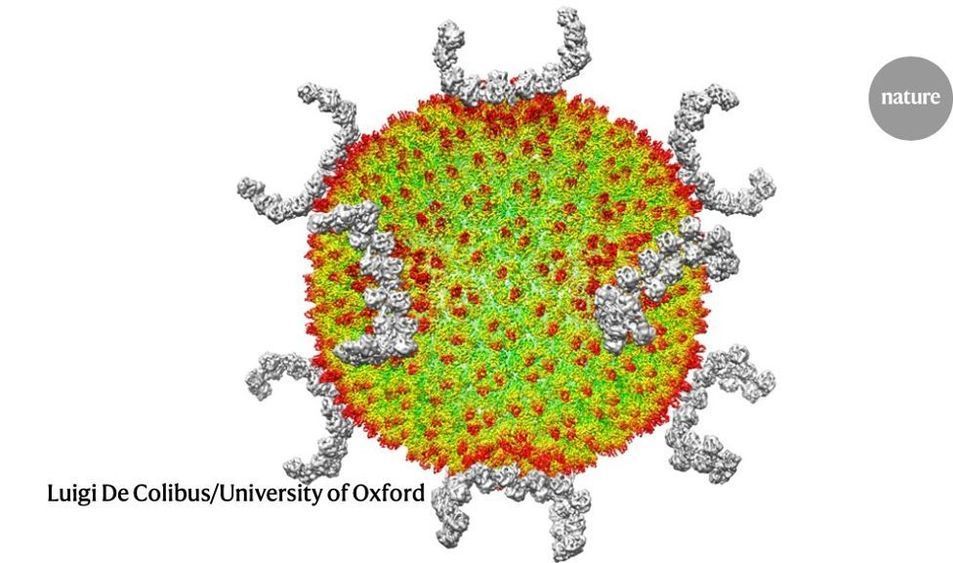

KYIV — Some 13,000 people have been killed, a quarter of them civilians, and as many as 30,000 wounded in the war in eastern Ukraine since it broke out in April 2014, the United Nations says.
The estimated toll includes more than 3,300 civilian deaths, the UN Office of the High Commissioner for Human Rights (OHCHR) said in a document dated February 25 and provided to RFE/RL the same day.
It comes as the simmering conflict between Russia-backed separatists and government forces approaches its sixth year, with little progress toward the implementation of a Western-brokered cease-fire and political-settlement deal known as the Minsk Accords.

There is a hidden famine in north korea and mass atrocities are happening there.
Korean: 조선기근), also known as the Arduous March or the March of Suffering[5] ( 고난의 행군 ), was a period of mass starvation together with a general economic crisis from 1994 to 1998 in North Korea.[6].
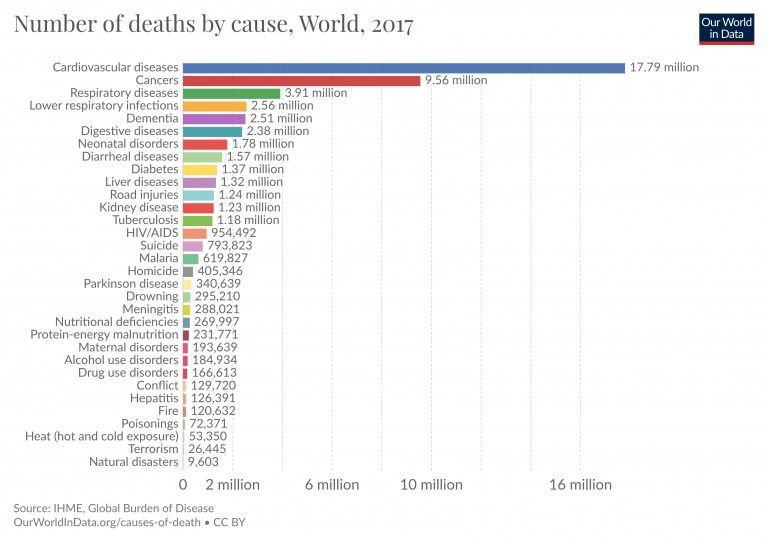
56 million people died in 2017.1 What caused their death? How did the causes of death change over time and differ between different countries and world regions? And what are the risk factors that lead to early death? These are the big questions we are answering here.
Welp o.o if we got a global emp we could disable all nukes.
This nuclear war simulator predicts what would happen in the first few hours of a major conflict between Russia and the U.S.

Circa 2017
One of the options that the United States is looking at to counter North Korea’s nuclear-tipped ballistic missiles is an experimental weapon called CHAMP.
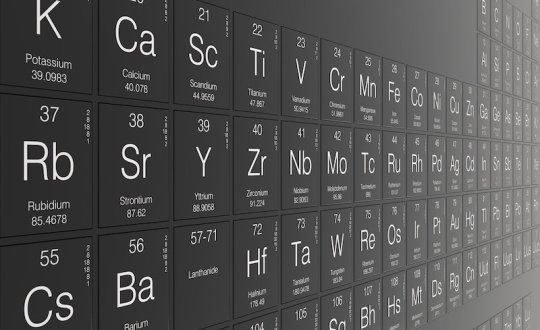
The research, which appears this week in Science, examined the electronic and magnetic behavior of a “strange metal” compound of ytterbium, rhodium and silicon as it both neared and passed through a critical transition at the boundary between two well-studied quantum phases.
The study at Rice University and Vienna University of Technology (TU Wien) provides the strongest direct evidence to date of entanglement’s role in bringing about quantum criticality, said study co-author Qimiao Si of Rice.
“When we think about quantum entanglement, we think about small things,” Si said. “We don’t associate it with macroscopic objects. But at a quantum critical point, things are so collective that we have this chance to see the effects of entanglement, even in a metallic film that contains billions of billions of quantum mechanical objects.”
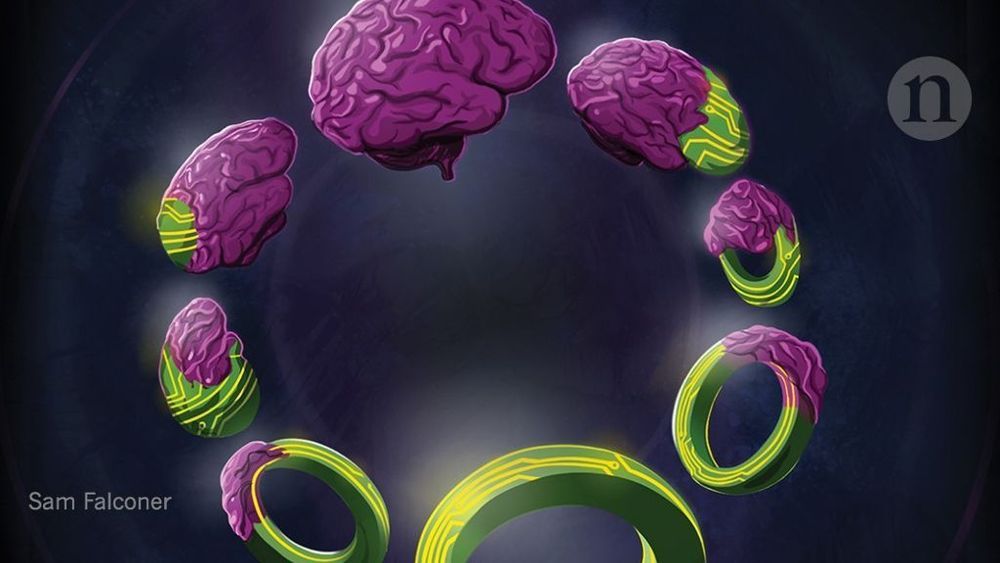

SAN FRANCISCO – Startup Skylo emerged from stealth mode Jan. 21 with $116 million in the bank and plans to connect devices by transferring data over existing geostationary communications satellites.
“The key challenge we wanted to address was how data was going to be moved from machines and sensors outside of the areas where traditionally connectivity has existed,” Parthsarathi “Parth” Trivedi, Skylo co-founder and CEO, told SpaceNews. “If we could lower the cost of providing ubiquitous, affordable and reliable connectivity, there would be a phenomenal number of applications.”
Skylo raised $13 million in a Series A investment round led by DCM Ventures and Innovation Endeavors with participation by Boeing HorizonX and Moore Strategic Ventures. In its latest Series B round led by SoftBank with participation by all the firm’s previous investors, Skylo raised $103 million, according to the firm’s Jan. 21 news release.
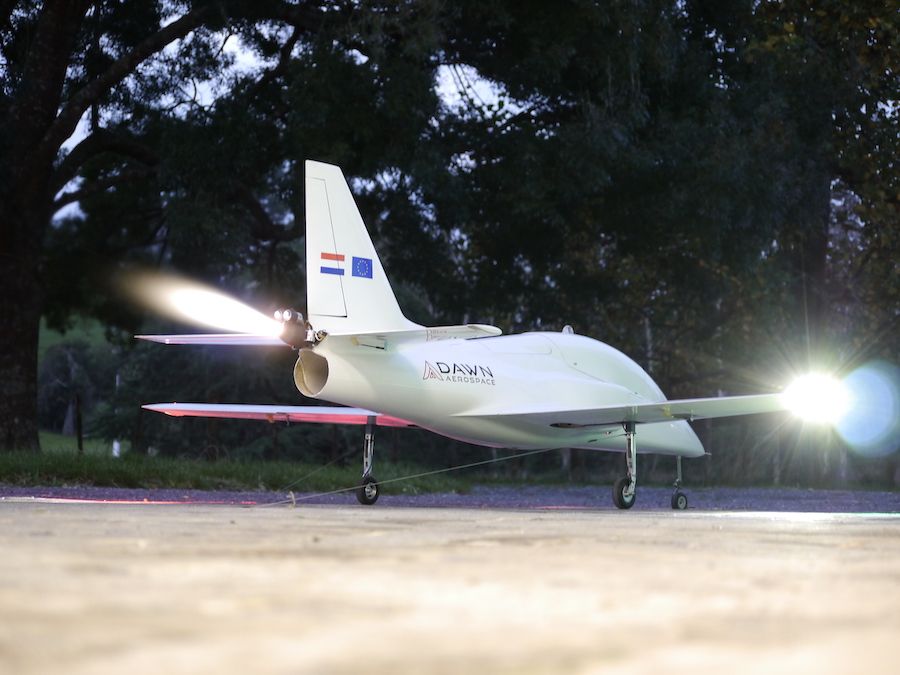
Updated at 9:50 p.m. Eastern.
WASHINGTON — A green propulsion startup with more than $1 million in sales says it is gaining traction in the smallsat market while funding its own small launch vehicle.
Dawn Aerospace, based in New Zealand and the Netherlands, has its first propulsion system launching in March on a D-Orbit cubesat aboard a Vega rocket. A second is scheduled to launch on an Indian PSLV in the second quarter of 2020 on a cubesat for Hiber, a Dutch Internet of Things startup. Dawn Aerospace also has contracts from the New Zealand Space Agency and the U.S. Air Force, Dawn Aerospace CEO Jeroen Wink said in an interview.